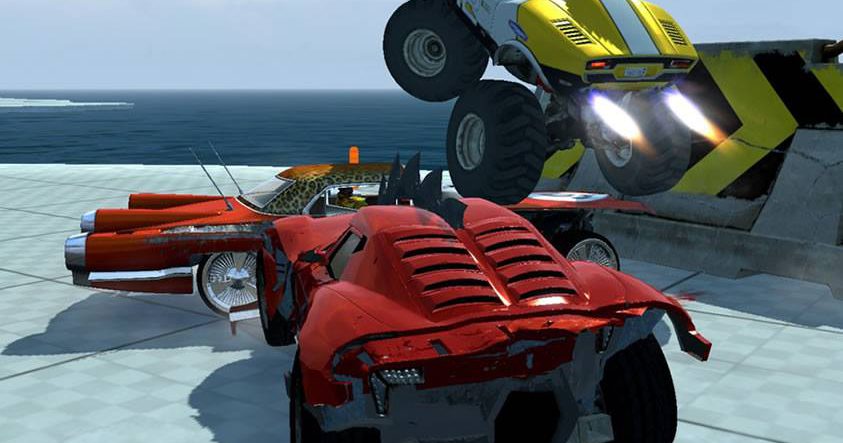

Car models were built up from individual pieces in a manner similar to the construction of actual cars, and then virtually welded together like a monocoque. Replicating real car damage meant the team had to design the vehicles as realistically as possible. Looking back at that specification document, we ended up with at least 95 per cent of what was a very ambitious wishlist, all now present and functional in the game.” “A lot of reference material was taken from actual car wrecks, with the target of replicating everything that happens in real-life. So right at the start of the project we took a step back to spend time specifying the ‘ideal’ car damage system. These were obviously woefully inappropriate for a top-flight game in 2016. “The techniques used in the original damage system were written for a prototype in 1994, and so actually predate Carmageddon. “As the programmer who developed the original car damage system, I took on the task of both specifying and developing a state-of-the-art car damage system that would make the most of modern multi-core hardware in current platforms,” he tells Develop. Patrick Buckland ( pictured), programmer and co-founder of Stainless Games, reveals the studio has held true to its tradition of using in-house core technology – a practice that dates back to 1994 – and relished the “big, juicy technical challenge” of taking things forward with Max Damage.


 0 kommentar(er)
0 kommentar(er)
